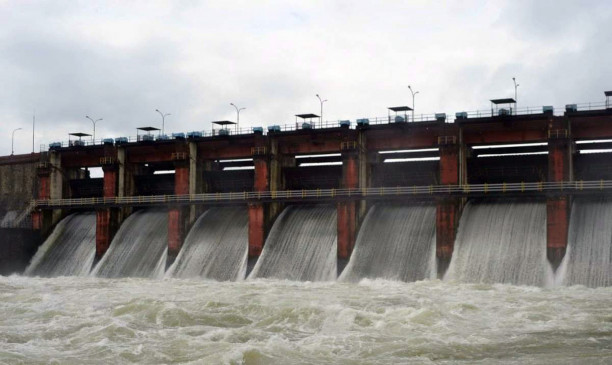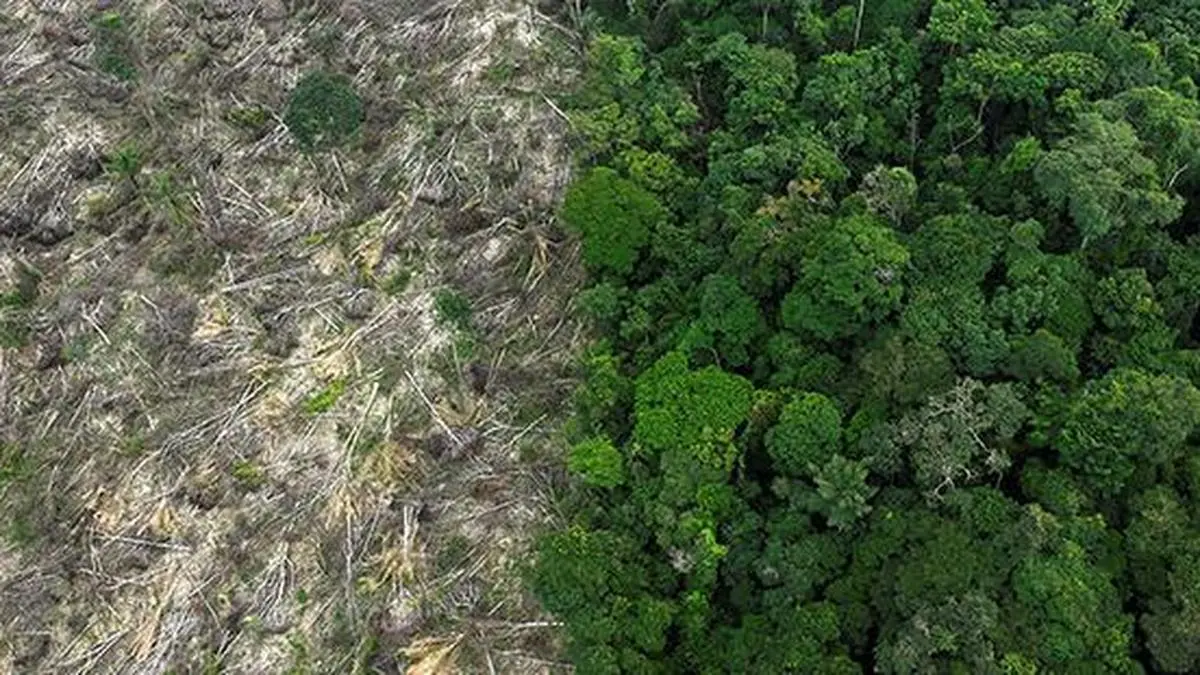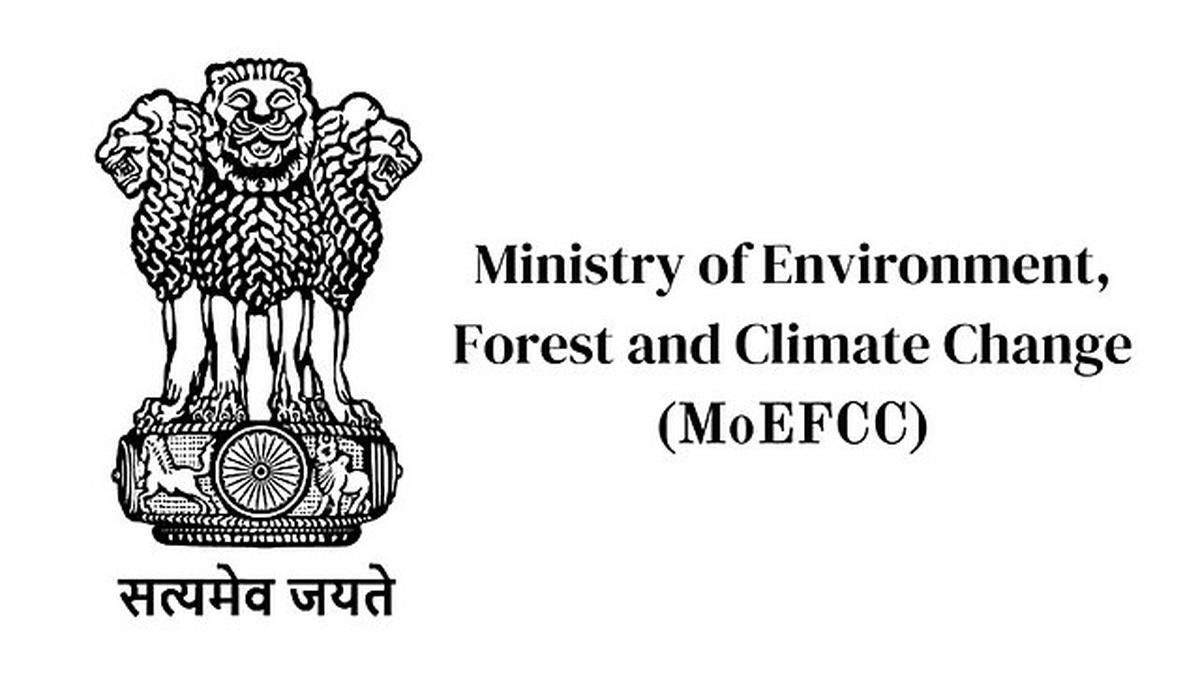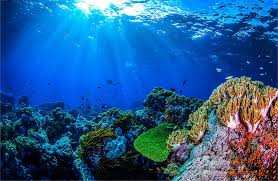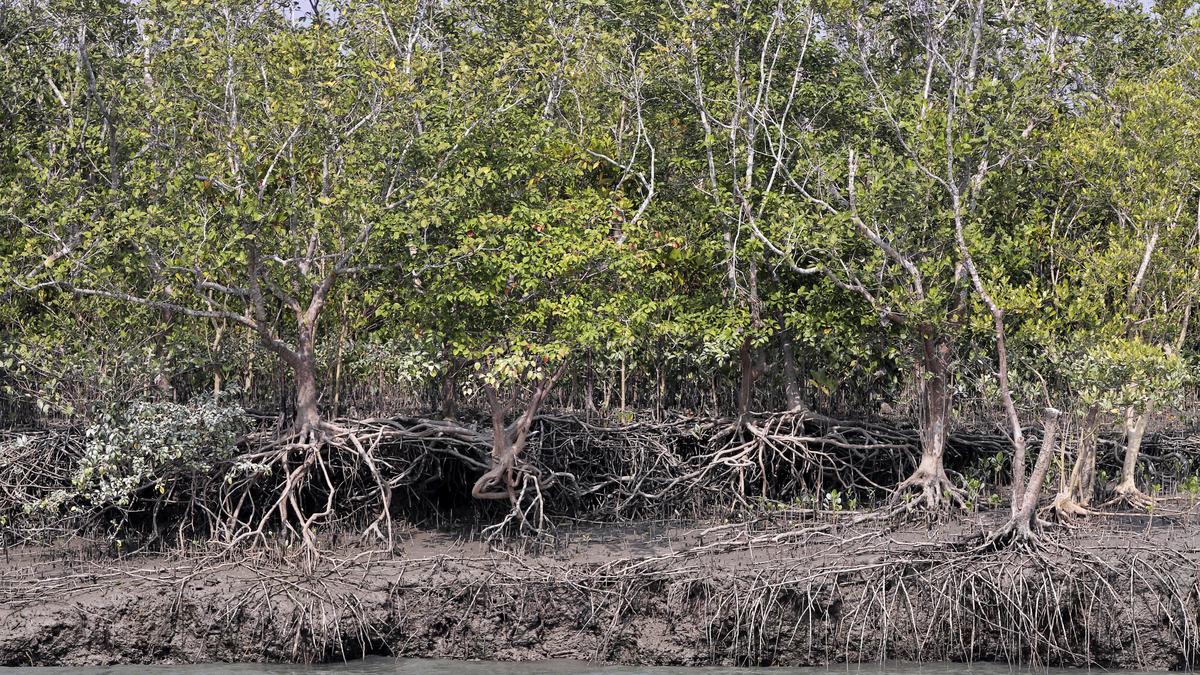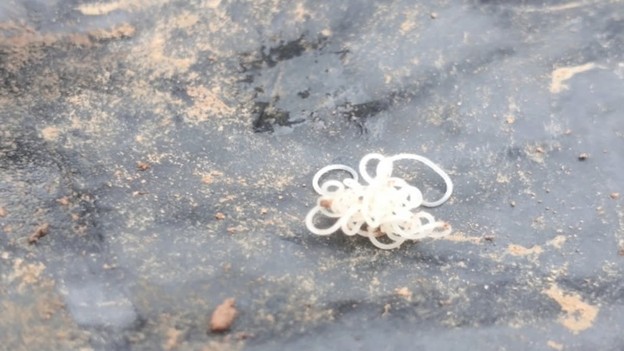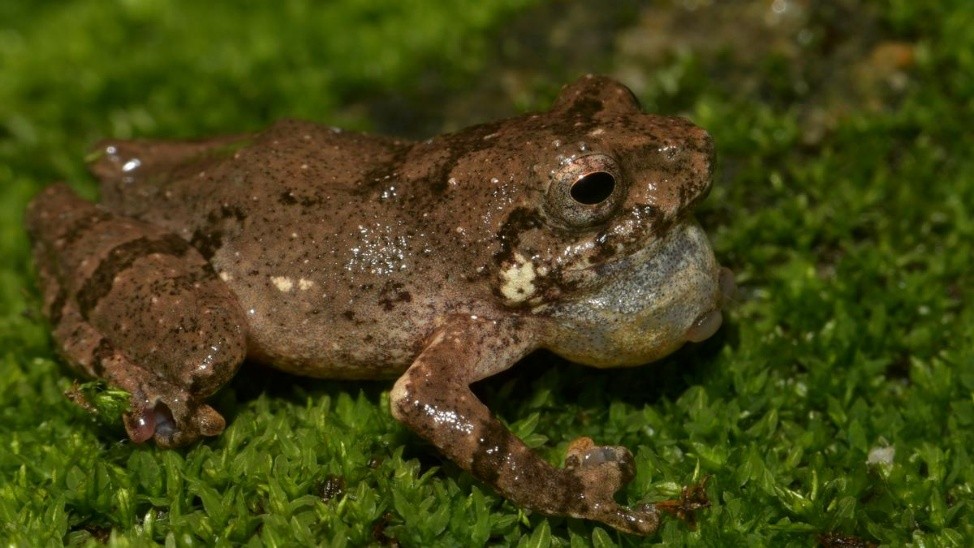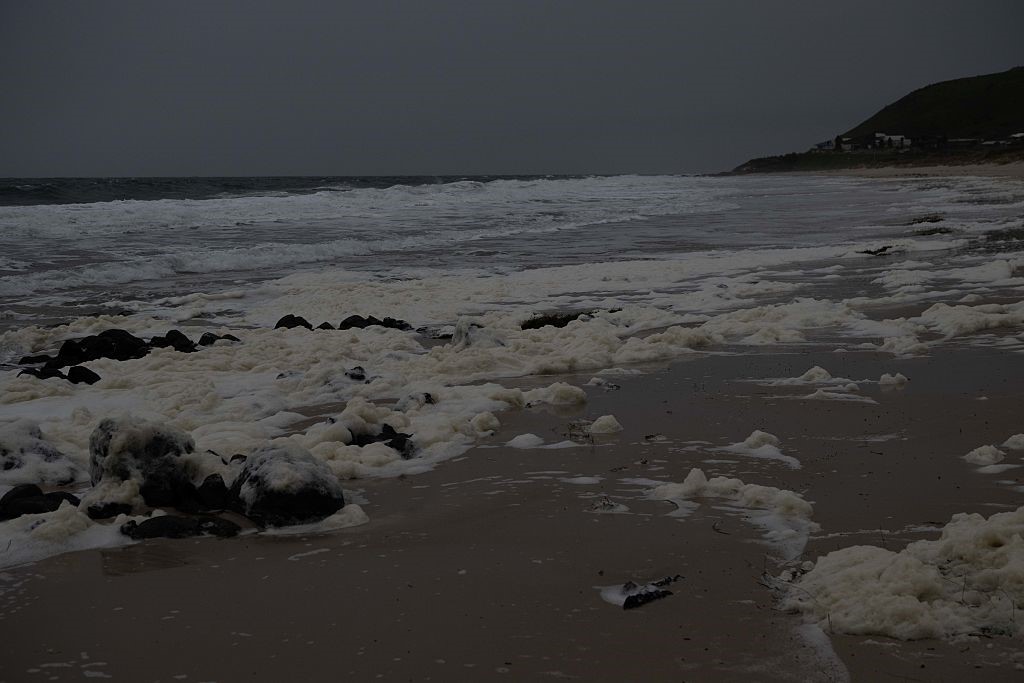Description

Source: Laboratory Equipment
Disclaimer: Copyright infringement not intended.
Context
- Scientists found that Parengyodontium album degrades UV-exposed polyethylene plastic in the ocean.
- This discovery highlights potential solutions for plastic pollution, emphasizing the need for further research on other marine plastic-degrading organisms.
Details
Key Points
- Microbial Hope:
- Fungus Parengyodontium album can degrade polyethylene (PE)
- Sunlight Activation:
- Degradation requires prior exposure to UV radiation.
- Oceanic Ecosystem:
- Fungus resides with other marine microbes on oceanic plastic litter.
- Pollution Hotspot Focus:
- Research conducted in North Pacific Ocean plastic pollution hotspots.
- Degradation Rate Assessment:
- PE breakdown rate by the fungus is approximately 0.05% per day.
- Deeper Ocean Exploration:
- Future research aims to find other plastic-degrading organisms in deeper ocean layers.
- Environmental Significance:
- Significant for managing marine plastic pollution and environmental conservation.
- Subtropical Gyre Accumulation:
- Highlights accumulation of plastic in subtropical gyres like the North Pacific Subtropical Gyre.

North Pacific Subtropical Gyre
Location:
- The North Pacific Subtropical Gyre is one of five major gyres in the world's oceans.
- It is a large region of slow-moving ocean currents located in the northern Pacific Ocean, roughly centred between Hawaii and California.
Currents:
- The gyre is formed by the convergence of several surface currents, including the Kuroshio Current, the North Pacific Current, the California Current, and the Easterly Current.
- These currents circulate clockwise due to the influence of the Coriolis effect.
Subtropical Convergence Zone:
- The centre of the gyre is characterized by a region of high pressure and stable weather conditions, with minimal wind and upwelling. This area is also known as the Subtropical Convergence Zone (STCZ).
Sources:
Laboratory Equipment
|
PRACTICE QUESTION
Q. A recent discovery offers a glimmer of hope for managing plastic pollution in the oceans. This discovery is related to the ability of a specific fungus to degrade which type of plastic?
a)Polyvinyl Chloride (PVC)
b)Polystyrene (PS)
c)Polyethylene (PE)
d)Polypropylene (PP)
Answer: c)
|






